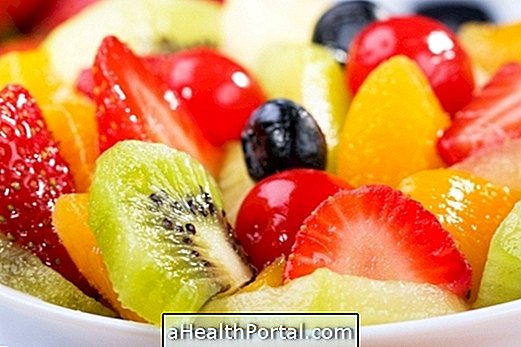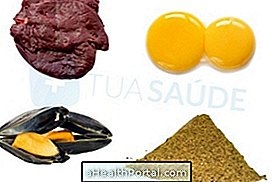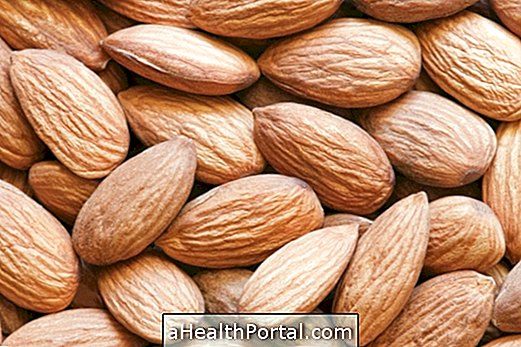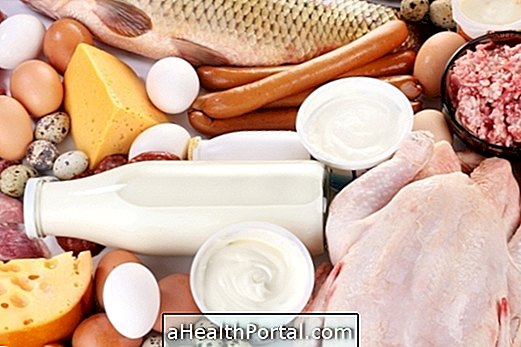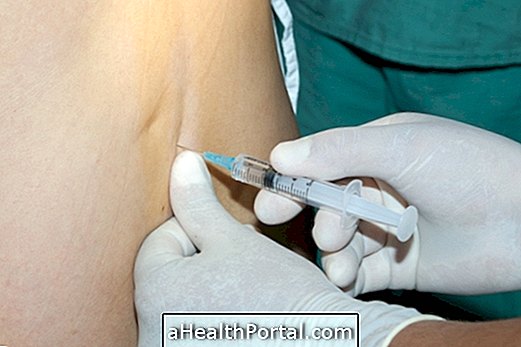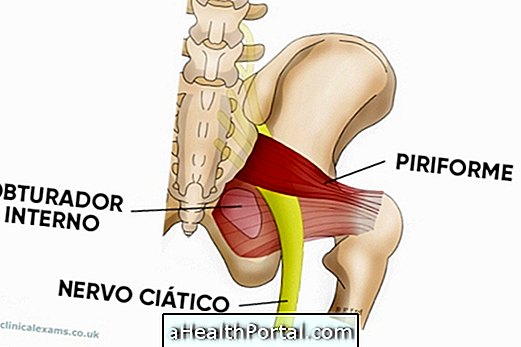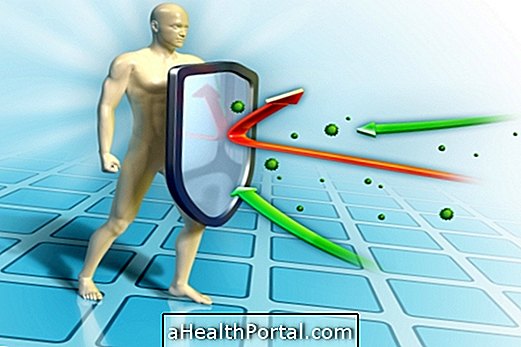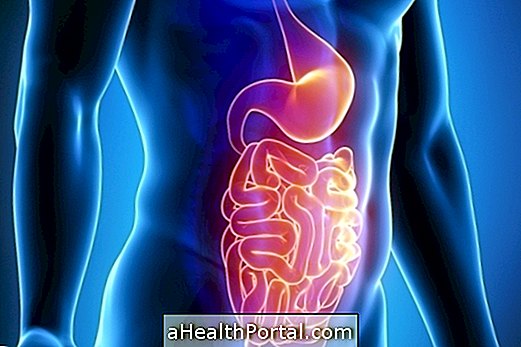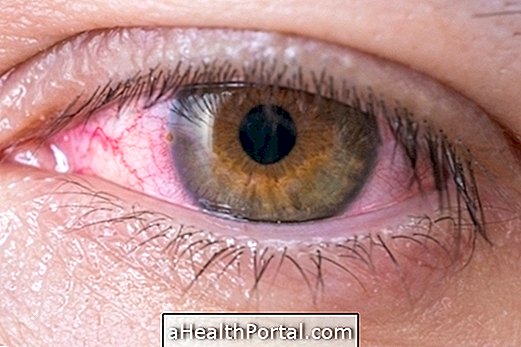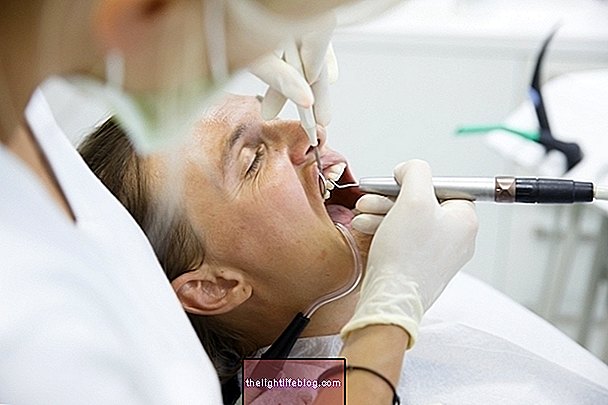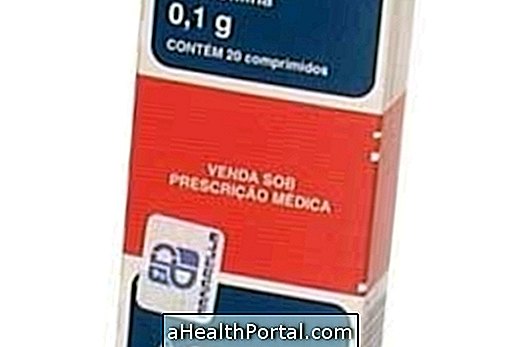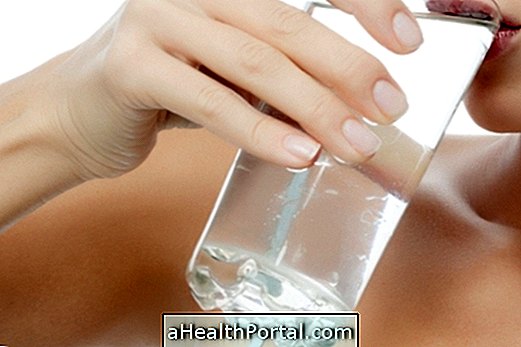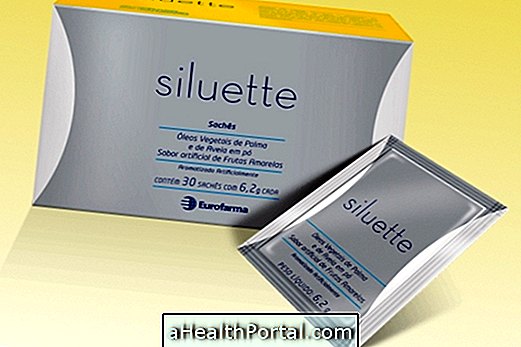Sodium is the main ingredient of common cooking salt, which is sodium chloride, important for maintaining blood pH balance, nerve impulses and muscle contraction. It is found in virtually all foods but when consumed in excess can cause increased pressure and heart disease.
Therefore, the World Health Organization recommends that the amount of sodium that should be consumed daily should be only 5 g per day for healthy adults, which equals one teaspoonful.
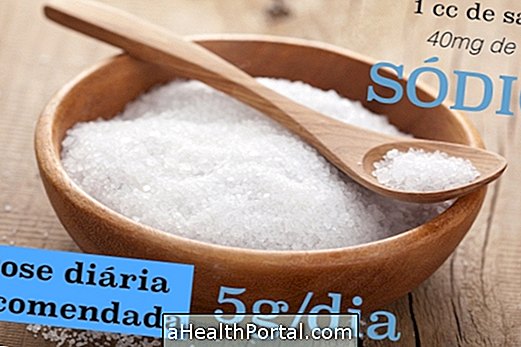
Where to find sodium
1 gram of cooking salt has 40% sodium however, but sodium is not only found in salty foods, it is also present in light and diet soft drinks, which have significant amounts of that substance.
While 200 ml of common refrigerant has 10 mg of sodium in average, the light version varies between 30 and 40 mg. So, whoever takes 1 liter of light soda, consumes 300 mg of sodium in a single day, surpassing the ideal amount for health.
Check the amount of sodium in a 200 ml beaker:
| Beverage | Amount of sodium |
| Zero refrigerant | 42 mg |
| Juice powder | 39 mg |
| Flavored water | 30 mg |
| Box coconut water | 40 mg |
| Soy juice | 32 mg |
| Cannabis flavor juice box | 59 mg |
Other sources of sodium are nuts and seafood. Learn more examples and their quantities here.

What is sodium used for?
Sodium is important for the maintenance of health and its main functions are:
- Ensure balanced blood pH;
- Favor the nervous impulses and the contraction of the muscles;
- Improve the quality of the heart's electrical impulses;
- Balance the amount of water in the body;
- Favor the functioning of the kidneys.
But apart from sodium, potassium is also important for health and the balance between sodium and potassium in the blood is critical for the body to function properly.
Complications of excess sodium
Excess sodium causes fluid retention and so the person can become swollen, with heavy legs, tired and with cellulite. In addition, it increases the risk of hypertension, stroke, kidney problems and osteoporosis.
How to reduce sodium intake
The best way to reduce sodium intake on a daily basis is by not using soft drinks, and using less salt to season. A good substitute for regular salt is herbal salt, which we teach you to prepare in the following video:

Other tips that can help are not having a salt shaker on the table, not seasoning salads with salt, not eating fried chips or salty crackers or chips, for example. On top of all this, you need to have the habit of reading the labels of all the inducified foods by looking for the amount of sodium present.
Ideal amount of sodium in your blood
The amount of sodium in the body can be measured through a simple blood test. Blood sodium levels range from 135 to 145 mEq / L.
Sodium may be increased in case of dehydration, excessive sweating, vomiting, diarrhea, diabetes, coma, hypothalamic disease, steroid use or birth control pill. It may be decreased in case of heart failure, cirrhosis, vomiting, diarrhea, renal disease, adrenal insufficiency, nephrotic syndrome, water intoxication, side effects of some medicines such as thiazides and diuretics.
